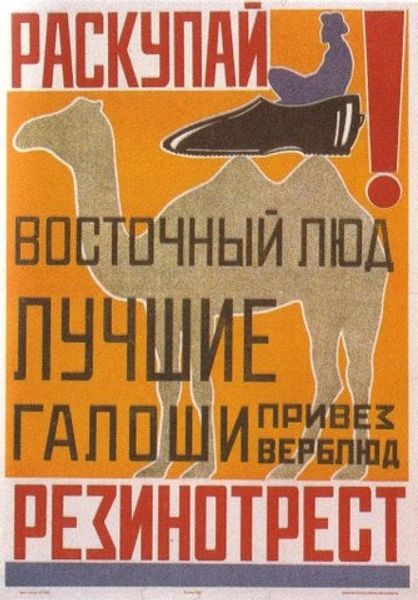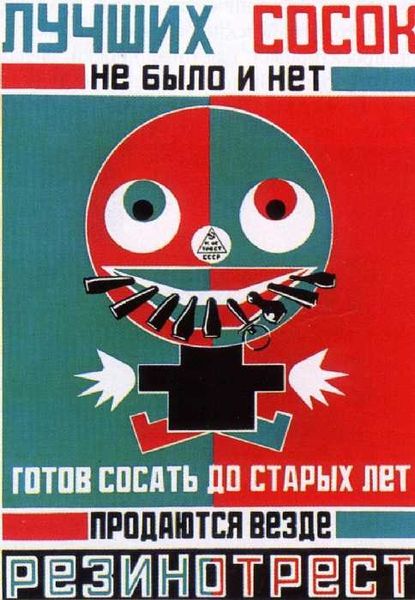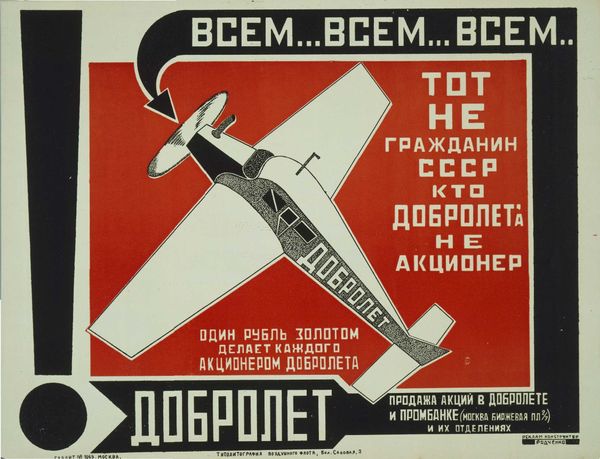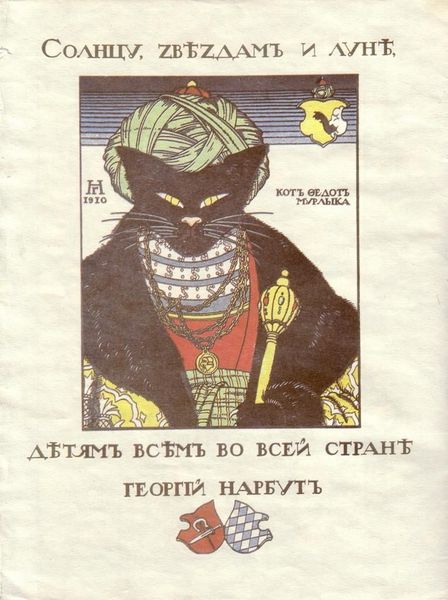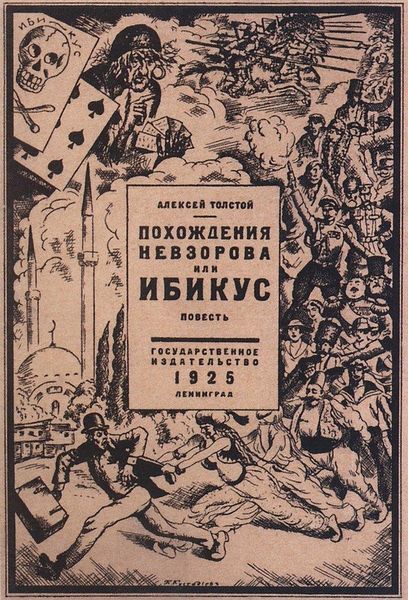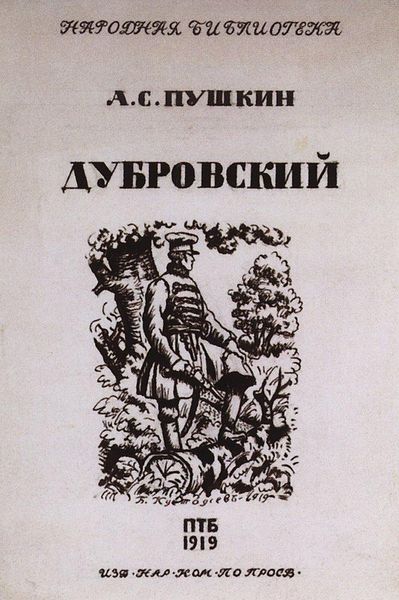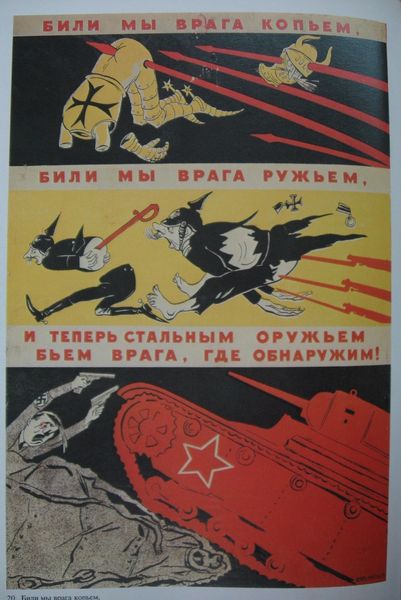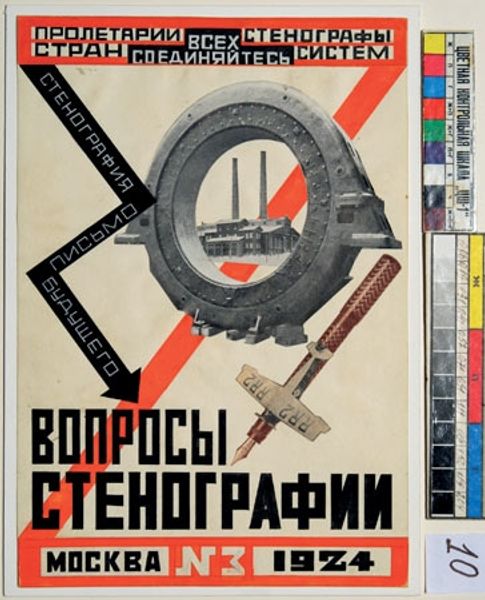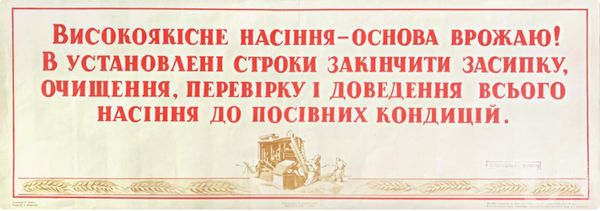
graphic-art, poster
#
graphic-art
#
constructivism
#
geometric
#
men
#
poster
Copyright: Alexander Rodchenko,Fair Use
Curator: Let’s delve into Alexander Rodchenko's 1925 poster, "Rubbers of Rezinotrest". At first glance, what stands out to you? Editor: Well, initially it feels very structured, almost austere, but that sepia tone and the patterns lend warmth to what could otherwise be quite rigid. The figures, the geometric forms, it's all carefully arranged. Curator: Precisely. This is quintessential Constructivism. Rodchenko, along with his contemporaries, aimed to create art that served the revolution, moving away from bourgeois aesthetics. He leveraged his artistic skill towards producing posters for mass consumption. Note, in this particular poster, the interplay between graphic elements and photographic imagery to promote galoshes – a mundane, yet essential item. Editor: It’s fascinating how he elevates a functional object, like galoshes, to the realm of art. And those figures flanking the pyramidal pile – who are they? They feel deliberately placed. What kind of meaning can be derived? Curator: The figures represent the 'Eastern' consumer, visually exoticized through their robes and turbans. This reinforces the poster's core objective – expanding the market reach for the Rezinotrest rubber company. It's important to realize that while embracing modern techniques, Constructivism also functioned within existing socio-political narratives and in support of state industry. The visual cues highlight and otherize non-European customers. Editor: So, it’s an artwork deeply embedded in the politics of its time, a tension between revolution and, ultimately, commerce and global economics, but it also emphasizes labor as an explicit visual reference, reminding us of the materiality behind such a mundane item such as galoshes. It's so complex. Curator: Indeed. Analyzing the materials, processes and intended consumption provides valuable insight. For example, poster design itself served to communicate in a new mass consumer context. Rodchenko's "Rubbers of Rezinotrest" is an innovative creation firmly embedded in Soviet ideologies and trade practices, while bringing visibility and agency to a commodity. Editor: A powerful reminder that art, even in its most utilitarian forms, is always implicated in broader systems of power. Curator: Agreed. It has shifted how I initially perceived the work. I had been overlooking many historical points. Thank you for the insight. Editor: My pleasure.
Comments
No comments
Be the first to comment and join the conversation on the ultimate creative platform.
